Chordata

Plains Zebra
Equus quagga

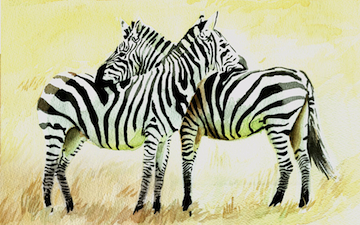
5 POINTS
• Equus quagga has a MOVE of 2. Equus quagga forms small groups called harems.

Welcome Swallow
Hirundo neoxena

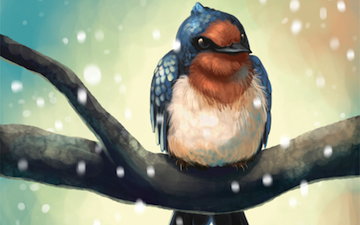
8 POINTS
• Hirundo neoxena has a FLIGHT of 2.
Welcome Swallows have short bristles at the sides of their mouths which help to guide their food (insects) into their mouths while flying at speed.

Baiji
Lipotes vexillifer

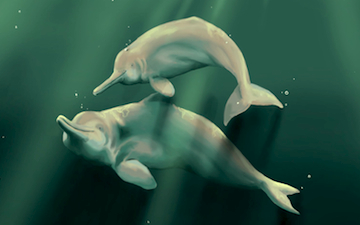
10 POINTS
Lipotes vexillifer has a MOVE of 2. The last known member of Lipotes vexillifer died in 2002, and the species is believed to be extinct.

Pelican Eel
Eurypharynx pelecanoides

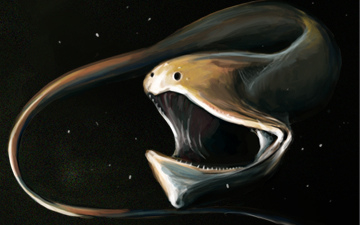
10 POINTS
• Eurypharynx pelecanoides has a MOVE of 2. Eurypharynx pelecanoides can live at a maximum depth of 4000 m.

Snow Goose
Chen caerulescens

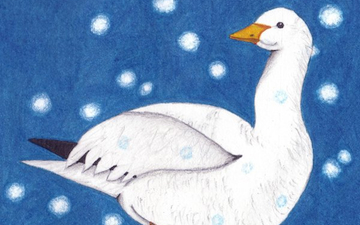
5 POINTS
• Chen caerulescens has a MOVE of 3.
Chen caerulescens can live for 26 years in the wild.

Mandrill
Mandrillus sphinx

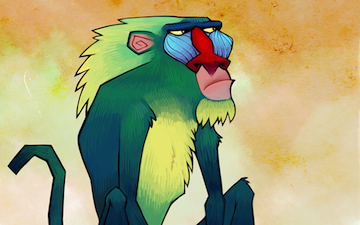
6 POINTS
Play: Mandrillus sphinx has a MOVE of 2.
Fact: The mandrill is recognized by its olive-colored fur and the colorful face and rump of males.